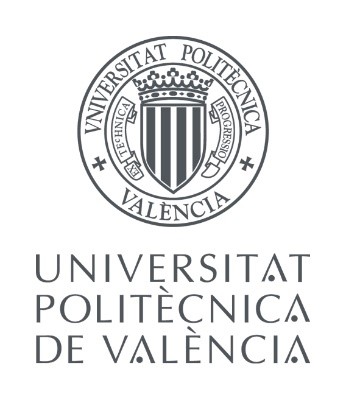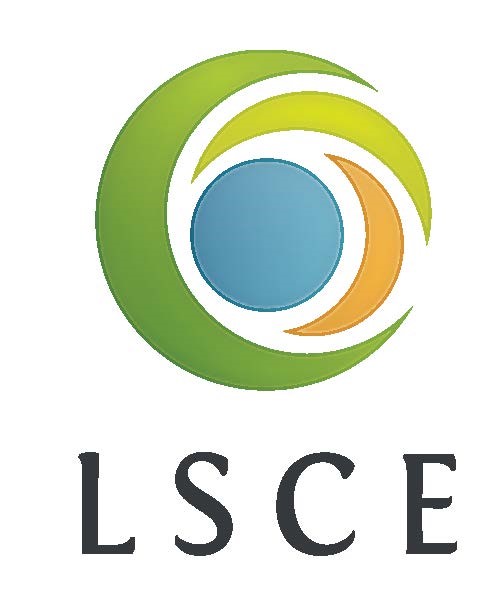Project overview
The total amount of CO2 absorbed and turned into organic matter through photosynthesis can be quantified as Gross Primary Productivity (GPP), which represents an integration of all organic matter produced by all the plants in a defined area per unit time. Terrestrial vegetation GPP is responsible for fixing approximately 120 to 170 PgC/year, making it both the largest and most uncertain portion of the global carbon cycle.
The objective of the Sen4GPP project is to improve our knowledge on the spatio-temporal variations of GPP associated with terrestrial ecosystems by a synergistic exploitation of the complementary information (Land Surface Temperature – LST, Solar-Induced Fluorescence – SIF, Fraction of Absorbed Photosynthetically Active Radiation – FAPAR and land cover) provided by the Sentinel missions (Sentinel-2, Sentinel-3 and Sentinel-5P) at multiple spatial and temporal resolutions, as well as other Earth Observation and in situ data.
Project description
Three estimation approaches will be implemented to generate the Experimental GPP datasets derived from Sentinel observations at high & medium to coarse spatial resolutions: Light Use Efficiency (LUE) models and Machine Learning (ML) approaches (data-driven oriented), which have already been documented in a large body of literature for similar applications, and a more innovative approach which relies on the scaling of estimates of solar-induced fluorescence (SIF) by terrestrial ecosystems derived from S5-P observations.
The Experimental GPP datasets product will be generated over a set of regions of interest (Europe, America-USA, Australia, Amazonia-Brazil) and evaluated against available ground truth as well as other comparable GPP products (EO-derived and simulations from terrestrial biosphere models).
Project partners
| Institute | |
| Noveltis France |  |
| University of Southampton United Kingdom |  |
| Max Planck Institute for Biogeochemistry Germany |  |
| Universitat Politècnica de València Spain |  |
| Euro-Mediterranean Center on Climate Change Italy |  |
| Laboratory for Sciences of Climate and Environment France |  |
Contact
For more information on the project, contact :
Noveltis
153, rue du Lac
F-31670 Labège, FRANCE
Tél : +33 (0)5 62 88 11 11
Email : sen4gpp@noveltis.fr